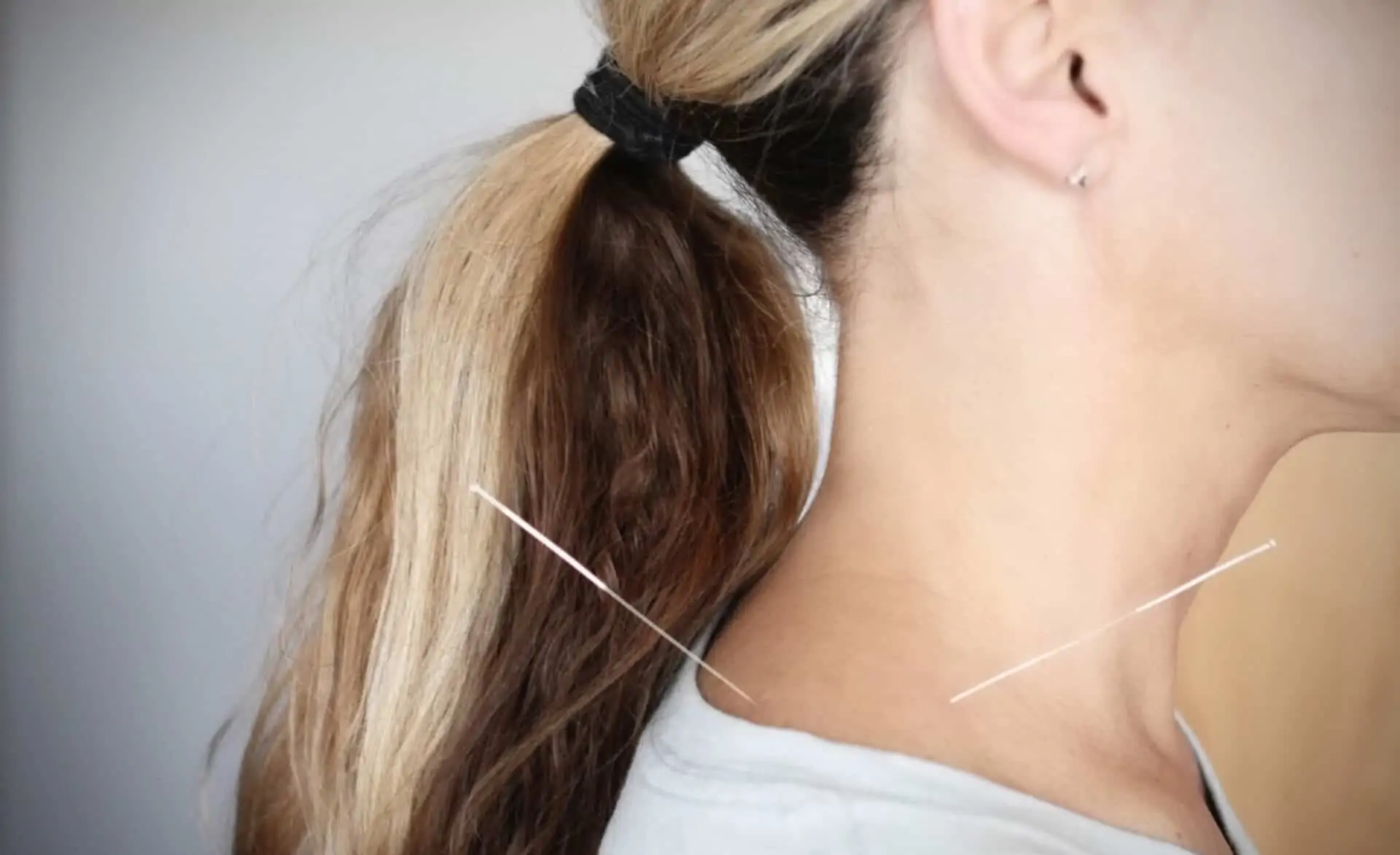During a TDN treatment, you will commonly feel discomfort, aching, and twitching of the muscle(s) being treated. The twitching is the releasing of the trigger point in the muscle. It is not uncommon for more dysfunctional muscles to experience more intense aching and twitching during a treatment.
It is common after a TDN session to feel an immediate change in the treated area. These changes may include but are not limited to; increased range of motion, decreased or eliminated pain with the previously painful movement, and post-workout type muscular soreness in the area treated. The soreness may also be likened to post-deep massage soreness.
You may feel sore immediately after treatment in the area of the body you were treated; this is normal but does not always occur. It can also take a few hours or until the next day before you feel soreness. The soreness may vary depending on the body area that was treated and varies from person to person, but typically it feels like you had an intense workout at the gym. Soreness typically lasts 24-48 hours. If soreness continues beyond this, please get in touch with your treating therapist.
It is not uncommon to have bruises after treatment; some areas are more likely than others to bruise. Some common areas are the shoulders, the base of the neck, head, face, arms, and legs. Large bruising rarely occurs but can. Use ice to help decrease the bruising, and if you feel concerned, please call your therapist.
It is not uncommon to feel tired, nauseous, emotional, giggly, or “loopy,” and/or somewhat “out of it” after treatment. This is a normal response that can last up to an hour or two after treatment. If this lasts beyond a day, contact your treating therapist as a precaution.
There are times when treatment may actually make your typical symptoms worse. This is normal. If this continues past the 24-48 hour window, keep note of it, as this is helpful information, and your treating therapist will then adjust your treatment plan based on your report if needed. This does not mean TDN cannot help your condition.



